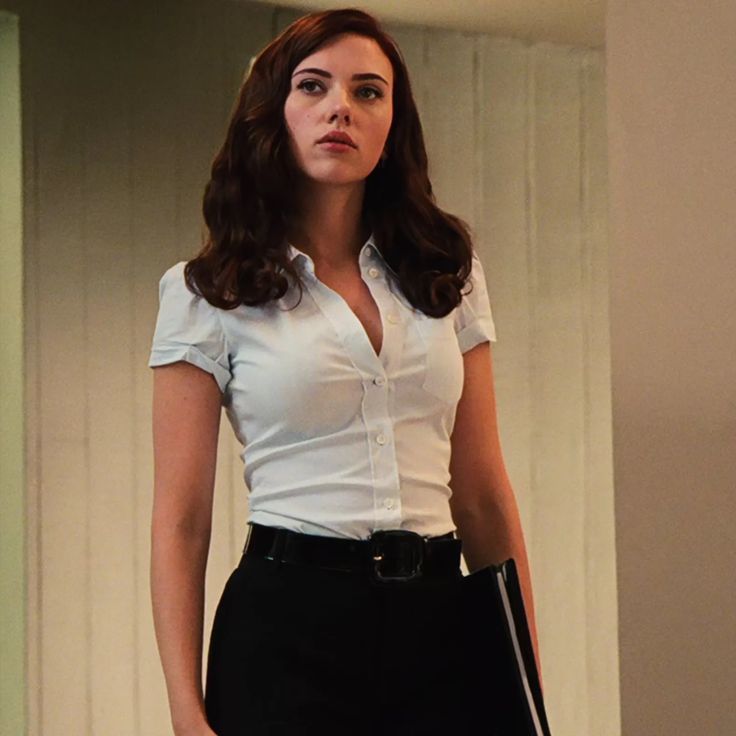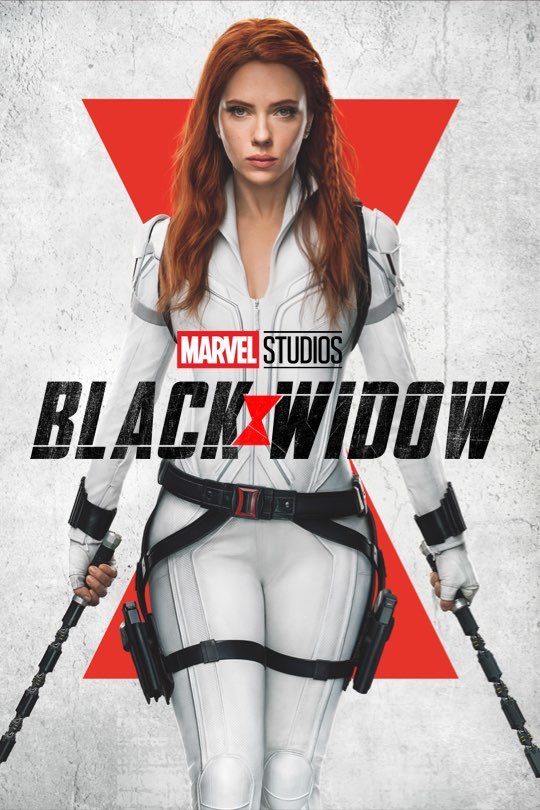In 1975, an essay was written by the film theorist Laura Mulvey. In the essay she developed and created the term ÔÇťmale gazeÔÇŁ. It refers to a more sexualised way of looking that objectifies women whilst empowering men.
An example of MulveyÔÇÖs theory at play is within the Marvel Cinematic Universe (MCU). The MCU is responsible for the creation of live-action superhero movies based on comics. In the second instalment of the Iron Man movie, released in 2010, Black Widow/Natasha Romanoff was introduced to the MCU. The character was played by the wonderful Scarlett Johansson, and from the beginning it was made clear that she was there for male viewing pleasure. Mulvey’s theory of the male gaze was incredibly prevalent in this movie. When Natasha Romanoff makes her initial appearance, she enters the boxing gym in a low-cut blouse and immediately catches the eyes of Tony Stark.

The entire scene is spent with Tony Stark ogling her, so much so that his personal assistant, Pepper Potts, acknowledges this and tells him to stop. He ignores this comment and later goes on to say, ÔÇťI want one,ÔÇŁ in reference to JohanssonÔÇÖs character, as if she is an object and not a person. This is a perfect example of what the theorist Mulvey states in her essay. In the essay she states that women in cinema are spectacle, and they are characterised by their ÔÇśto-be-looked-at-ness.ÔÇÖ
In an interview with HelloBeautiful, the (at the time) 35-year-old talks about the hyper-sexualisation of her character, stating that she is ÔÇťso sexualisedÔÇŽ talked about like sheÔÇÖs a piece of something and like a possession.ÔÇŁ She later on mentioned that at the time it might have felt like a compliment, and that her own self-worth was probably measured against that type of comment. To make things clear, this is not a compliment at all and is just another instance of young womenÔÇÖs experiences with the male gaze.
Another example of Black Widow being portrayed as an object for male satisfaction, is in a scene featuring herself and Happy Hogan. In the scene we see that there is an emergency, and Natasha gets into a car to get changed and become the Black Widow, with Happy, who is the driver. Whilst she is getting undressed, HappyÔÇÖs eyes wander away from the road towards the internal car mirror where he watches Natasha get changed. In this scene she is only in her undergarments, and Happy almost crashes the vehicle.
This is an example of scopophilia, which is a term created by Freud and is defined as taking pleasure in looking at another person. He associates this term with taking people as objects and subjecting them to a curious and controlling gaze. He also argues that most popular Hollywood films, e.g. MCU movies, are filmed in a way that satisfies the masculine scopophilia. This is evident in this scene because it shows Romanoff very clearly in the background in her bra getting changed. She is positioned as an object of male desire. ItÔÇÖs moments like this where itÔÇÖs evident that the film was written and directed by a man, and there was little to no input from women behind the scenes. On IMDb it only credits five people as writers on this film, and amongst these five individuals, none of them were women. Due to this being Scarlett JohanssonÔÇÖs first appearance in the movie and her being in her early 20s, itÔÇÖs easy to imagine that she did not feel as though she was in a position to make changes to her character so early on.
However, the most recent movie that featured Black Widow was her standalone movie, named after the character that came out in 2021. On that film, Johansson was credited as an executive producer. By having this title, she was given more control over the decisions made surrounding her character since executive producers can make creative decisions. The Black Widow costumes were one of the biggest changes made. The costume started off as an incredibly tight, form-hugging one-piece to a looser-fitting, more practical outfit. This is the kind of change we need to see more of in superhero films when it comes to the costume design.
References
Loreck, Janice. ÔÇťExplainer: What Does the ÔÇťMale GazeÔÇŁ Mean, and What about a Female Gaze?ÔÇŁ┬áThe Conversation, 2016, theconversation.com/explainer-what-does-the-male-gaze-mean-and-what-about-a-female-gaze-52486.
Mulvey, Laura. Visual Please and Narrative Cinema. Durham, M.G. & D. Kellner, 2006.
Spence, Sade. ÔÇťScarJo Talks Hyper Sexualization of Black Widow ahead of Standalone Film.ÔÇŁ HelloBeautiful, 16 June 2021, hellobeautiful.com/3390302/scarlett-johansson-black-widow-marvel/.

